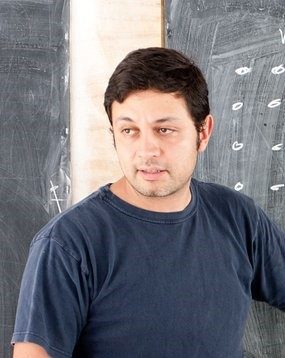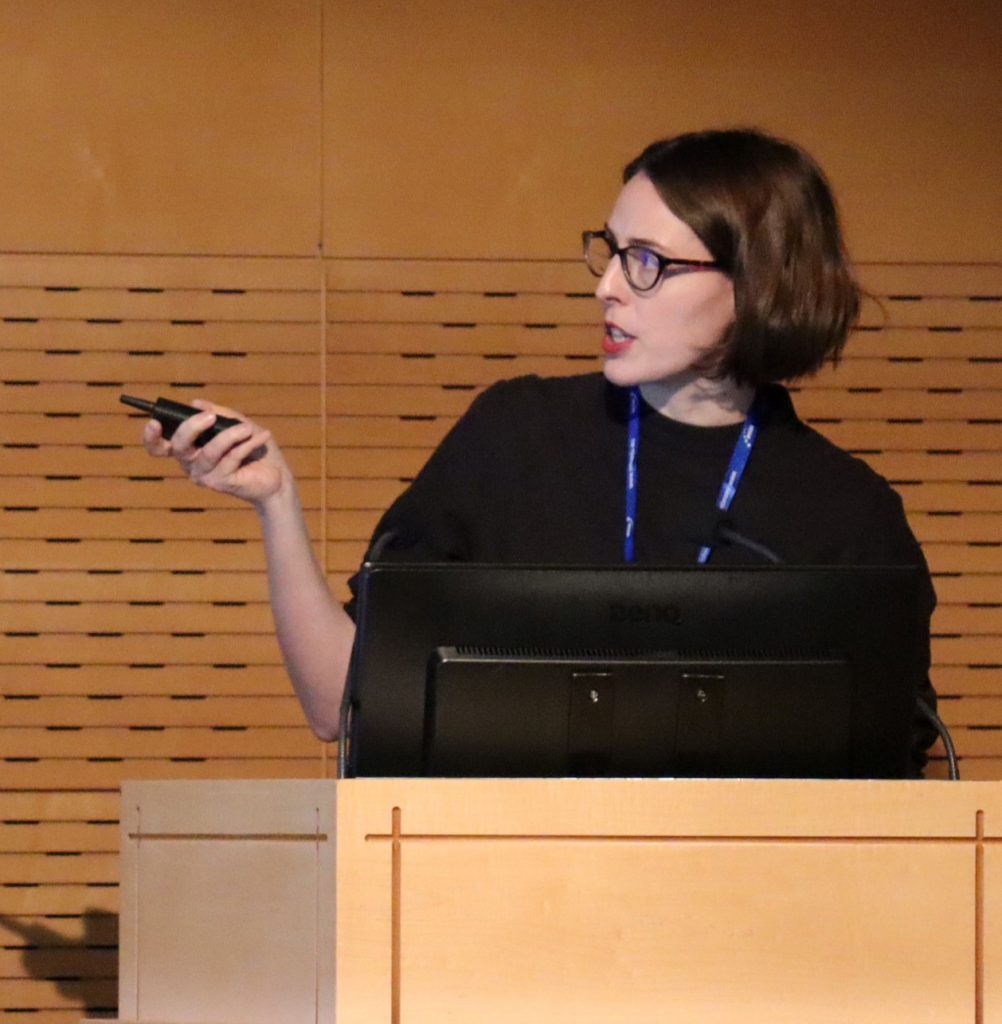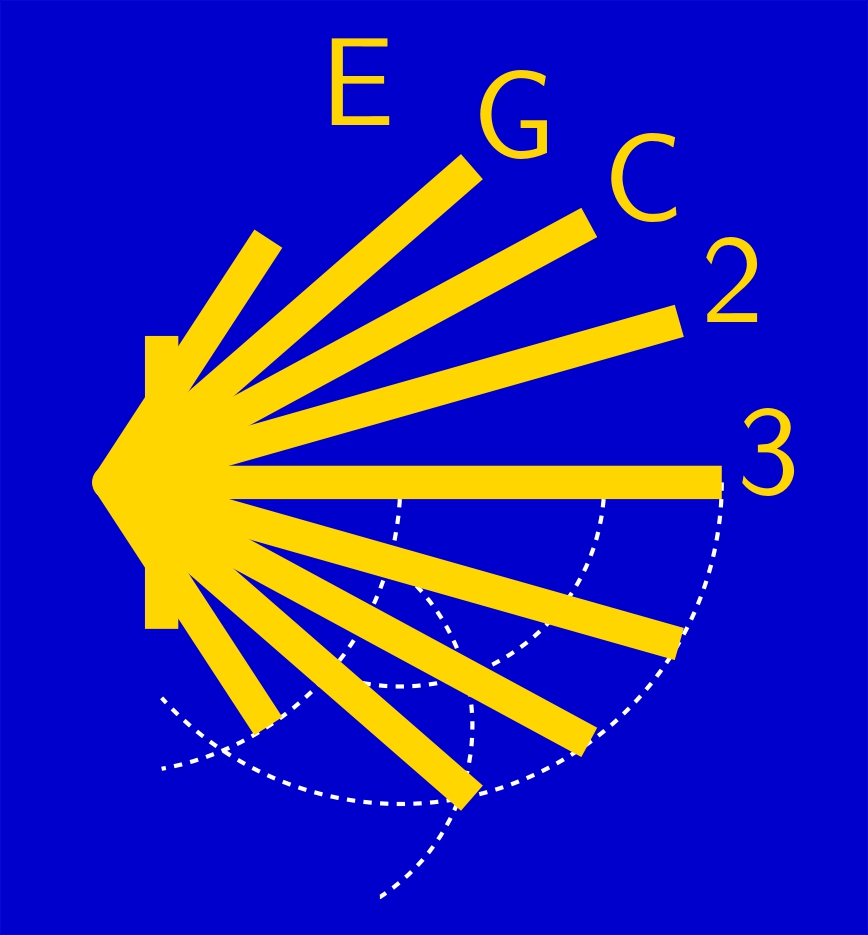Invited speakers

Cinvestav, Mexico
Planar point sets with integer grids
“Let S be a set of ![]() points in general position in the plane” is a mantra in Discrete and Computational Geometry. In this talk we give an overview on various results on finite planar point sets in general position, where it is required that the points have integer coordinates.
points in general position in the plane” is a mantra in Discrete and Computational Geometry. In this talk we give an overview on various results on finite planar point sets in general position, where it is required that the points have integer coordinates.

Universidade de Santiago de Compostela, Spain
Mathematics and biology in the 21st Century
The publication in February 2001 of the first draft of the human genome sequences marks the beginning of a new era in biological research. In this new stage of biology, mathematics is more necessary than ever. In this lecture I will give several examples where mathematics is proving its effectiveness in the task of understanding cells and living organisms and will present some of the challenges in biology that mathematics can and should contribute to solve.

Linköping University, Sweden
 -Transmitters/
-Transmitters/ -Modems
-Modems
For the classical Art Gallery problem numerous variants–varying either the capabilities of the guards or the environment to be guarded–have been studied. One such variant was introduced in 2009 by Aichholzer et al./Fabila-Monroy et al. (a limited version was actually already presented in 1988): ![]() -modems or
-modems or![]() -transmitters, which are guards that can see through at most
-transmitters, which are guards that can see through at most ![]() walls.
walls.
In this talk, I will review some of the existing work on the problem, highlight several of the–still–open problems and present both an inapproximability result and a polylog approximation algorithm for a mobile ![]() -transmitter, that is, a
-transmitter, that is, a ![]() -transmitter watchman.
-transmitter watchman.
Parts of this talk are joint work with Bengt J. Nilsson.
